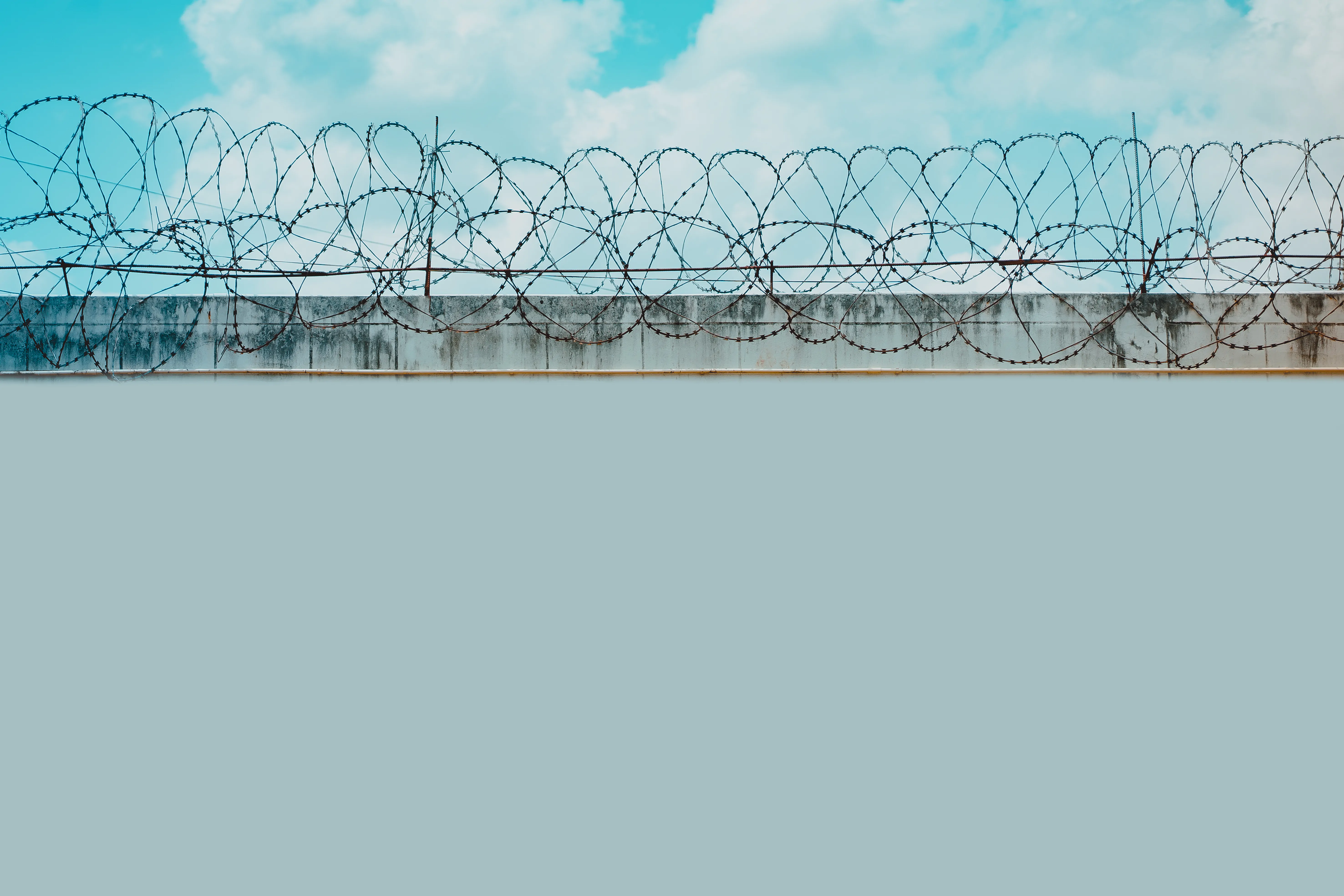Alabama’s prisons are overcrowded, understaffed and have for years been unable to protect prisoners from sexual violence, physical violence and death. That’s according to the U.S. Department of Justice’s years-long investigation and a lawsuit alleging the state is failing to protect prisoners’ constitutional rights to protection from such abuse.
The systemic problems have plagued Alabama’s prisons for decades, and 2021 was no different. Here we look back on some of APR‘s coverage of the continued violence and death, and what state leaders did, and didn’t, do to resolve the crisis.
Violence continues
The U.S. Department of Justice in May released an amended complaint in the federal government’s lawsuit that describes the pattern of violence in Alabama’s prisons for men as “pervasive and systemic” and detailed numerous in-custody deaths, critical staffing shortages, out-of-control contraband despite no visitations due to COVID-19 and skyrocketing instances of sexual violence.
Prison correctional officers were also violent despite the federal government’s warnings in the DOJ’s 2019 report detailing numerous instances of such violence.
“In October 2020, an officer used a baton to strike three compliant prisoners in the Draper intake area. The strikes broke one prisoner’s arm. Another officer witnessed the assaults and failed to intervene,” the complaint reads.
“In March 2021, a federal grand jury indicted two security staff, including a supervisor, for assaulting a prisoner at Staton. Security staff struck the prisoner with their feet and a baton, and one security staff member walked on the prisoner. The security staff subsequently made false statements in an attempt to cover up the assault,” the DOJ wrote.
Paying for new prisons
Despite the federal government’s years of warnings about systemic problems of violence, corruption, contraband and sexual violence in the state’s prisons for men, state leaders continued to focus on building new prisons instead of serious reforms in the Alabama Department of Corrections.
Public pressure on the financial institutions that fund new prisons spelled trouble for Alabama lawmakers’ plans, however, and CoreCivic, the private prison company the state had planned to lease two of three new planned prisons from, failed to secure financing and ultimately dropped from the project.
APR in April reported on the company’s early troubles securing an underwriter for the more than $600 in bonds the company needed to finance the builds.
COVID behind bars
The Alabama Department of Corrections was slow to begin testing incarcerated people for COVID-19, and slow to begin vaccinations despite prisoners being eligible to receive the life-saving vaccines for more than a month before they began to receive them.
The result in Alabama’s overcrowded, understaffed prisons was predictable. A joint study by The Marshall Project and The Associated Press found Alabama prisons in July — the last date the data was updated — to be the fifth deadliest per capita for COVID deaths. At that time there had been 66 COVID deaths among prisoners in Alabama. (APR’s reporting in March cited the project’s finding at the time that placed Alabama prisons as the eight deadliest due to COVID). As of Monday, there have been 70 deaths on prisoners who had tested positive for COVID.
Prison construction
A years-long plan to build new prisons in Alabama took a leap forward when the state Legislature in October approved a $1.3 billion plan to build new prisons, ending a special session called by Gov. Kay Ivey that focused largely on prison construction.
That plan, nor the lawmakers who backed it, detailed how new prisons would address Alabama’s deadly prison overcrowding problem, however. The plan doesn’t call for adding bed capacity, and instead would have numerous existing prisons, many deemed far too dilapidated to remain safe for prisoners or staff, to close. Lawmakers also failed to pass any substantive sentencing reform measures during the regular or special session that would have impacted that overcrowding, advocates for such reforms argued.
Ivey placed two relatively minor sentencing reform bills in her proclamation calling for the special session, which limited what bills lawmakers could debate, but only one of those two bills made it to final votes in both the House and Senate.
The Legislature’s plan also includes the controversial use of $400 million in federal funds from the American Rescue Plan to aid in prison construction.
Lives at stake
While lawmakers mulled prison construction, deaths inside Alabama’s prisons in 2021 reached record highs, as the violence, rampant drug use and likely suicides continued seemingly unabated.
APR in late July reported on the deaths of at least 10 men in Alabama prisons just that month, many of which appeared to be drug overdoses, and the deaths continued throughout the rest of the year.















































